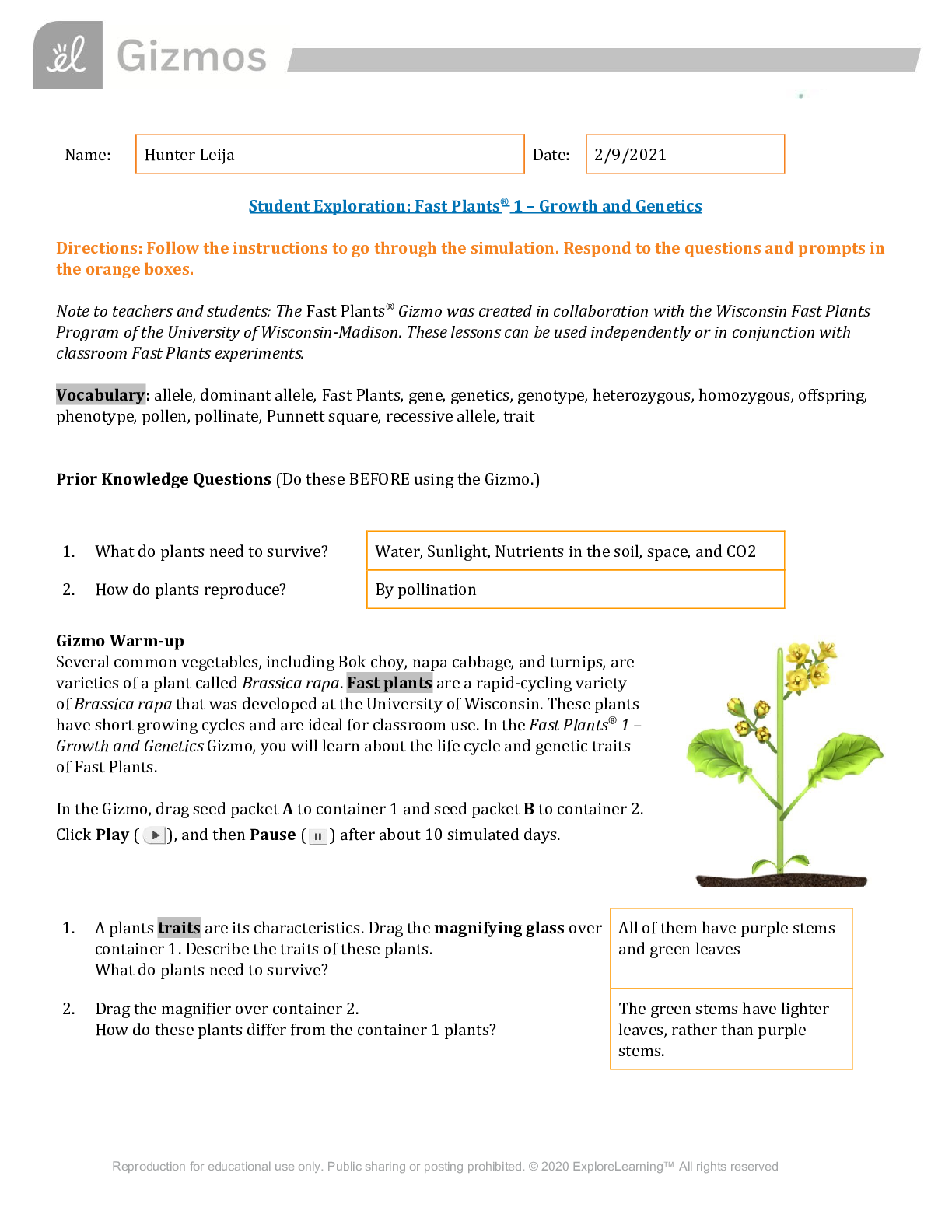Metals and Non-metals GIZMOS
Document Content and Description Below
Physical Properties of Metals and Non-Metals Do you know how many elements are there in our periodic table? There are 118 elements in the modern periodic table. These elements can be broadly classifie... d as metals and non-metals depending on their properties. Elements that lose electrons to form compounds are called metals whereas elements that gain electrons to form compounds are called non-metals. Elements such as Si, Ge, As, Sb and Te show the characteristic properties of both metals and non-metals. They are called semi-metals or metalloids. Here, we will discuss metals and non-metals along with their physical properties in detail. Metals These elements are electropositive and contain less than or equal to three electrons in their valence shell. Metals such as aluminium, copper, and iron are widely used around us. Metals are used for the construction of bridges, automobiles, airplanes, ships, trains, etc. We will now discuss the physical properties of metals. Physical properties of metals: 1.Metallic Lustre: The surface of most metals is shiny. The lustre associated with metals isknown as metallic lustre. For example, iron, copper, gold, and silver are very shiny. Metalssuch as gold and silver are very lustrous. Therefore, they are used for making jewellery.Silver is used for making mirrors because of its excellent shine and reflective nature. Do you know that metals like gold, silver, platinum, paladium and rhodium are known as noble metals. They occur in the elemental state in nature. Some metals do not look very lustrous. This is because they either lose their lustre or their lustre gets reduced when exposed to air for a long time. This happens due to the formation of a layer of oxide, carbonate, and sulphide on their surface. If a metal surface is rubbed with sand paper, then this layer gets removed and the shiny surface of the metal can be seen. The layer formed in some cases is stable and sticks on the surface of the metal, but in other cases, it is unstable and falls off (as in the case of rusting of iron). 2.Hardness: Metals are generally hard in nature. However, this hardness varies frommetal to metal. Most metals such as iron, aluminium, etc. are very hard and cannot be cut [Show More]
Last updated: 1 year ago
Preview 1 out of 32 pages

Reviews( 0 )
Document information
Connected school, study & course
About the document
Uploaded On
Aug 12, 2021
Number of pages
32
Written in
Additional information
This document has been written for:
Uploaded
Aug 12, 2021
Downloads
0
Views
42



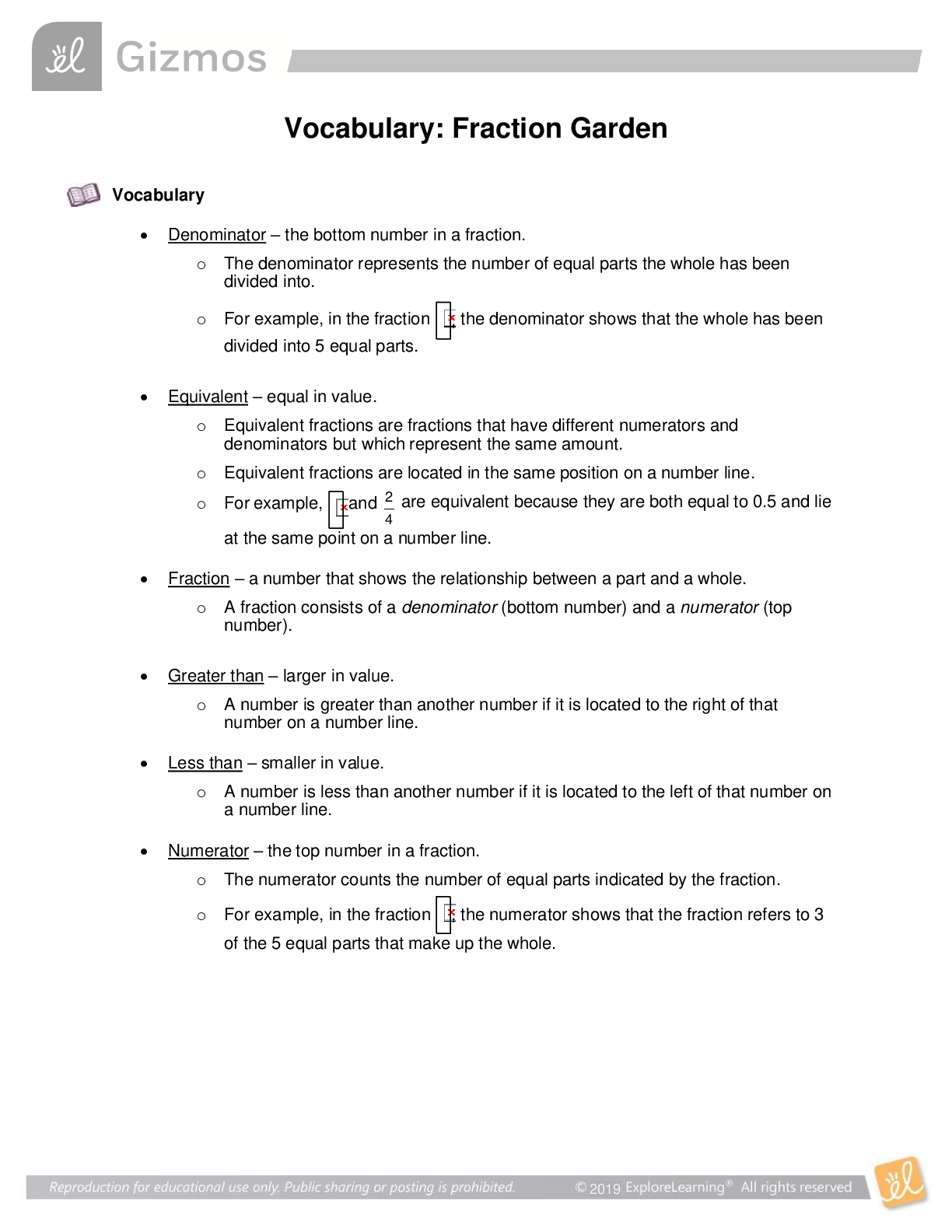









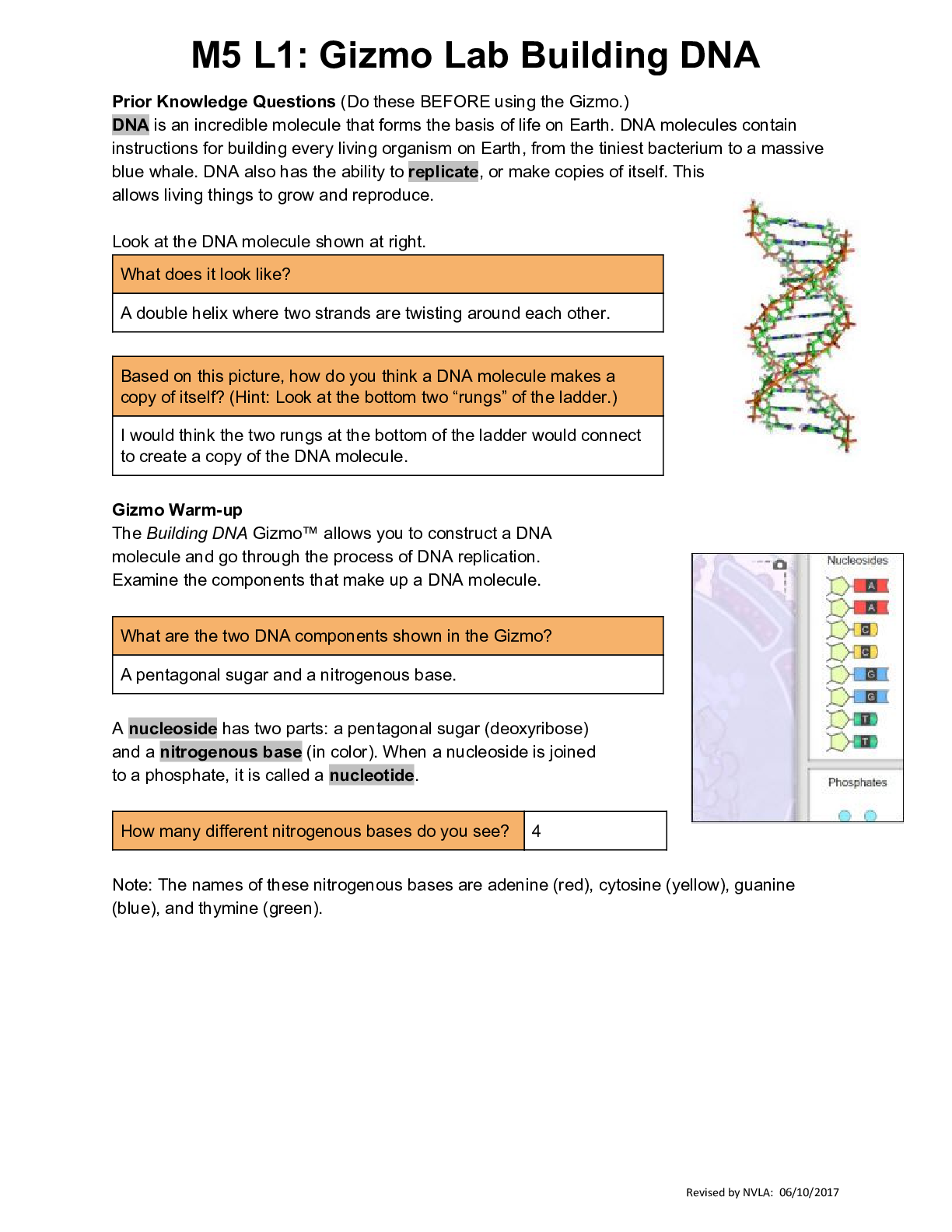

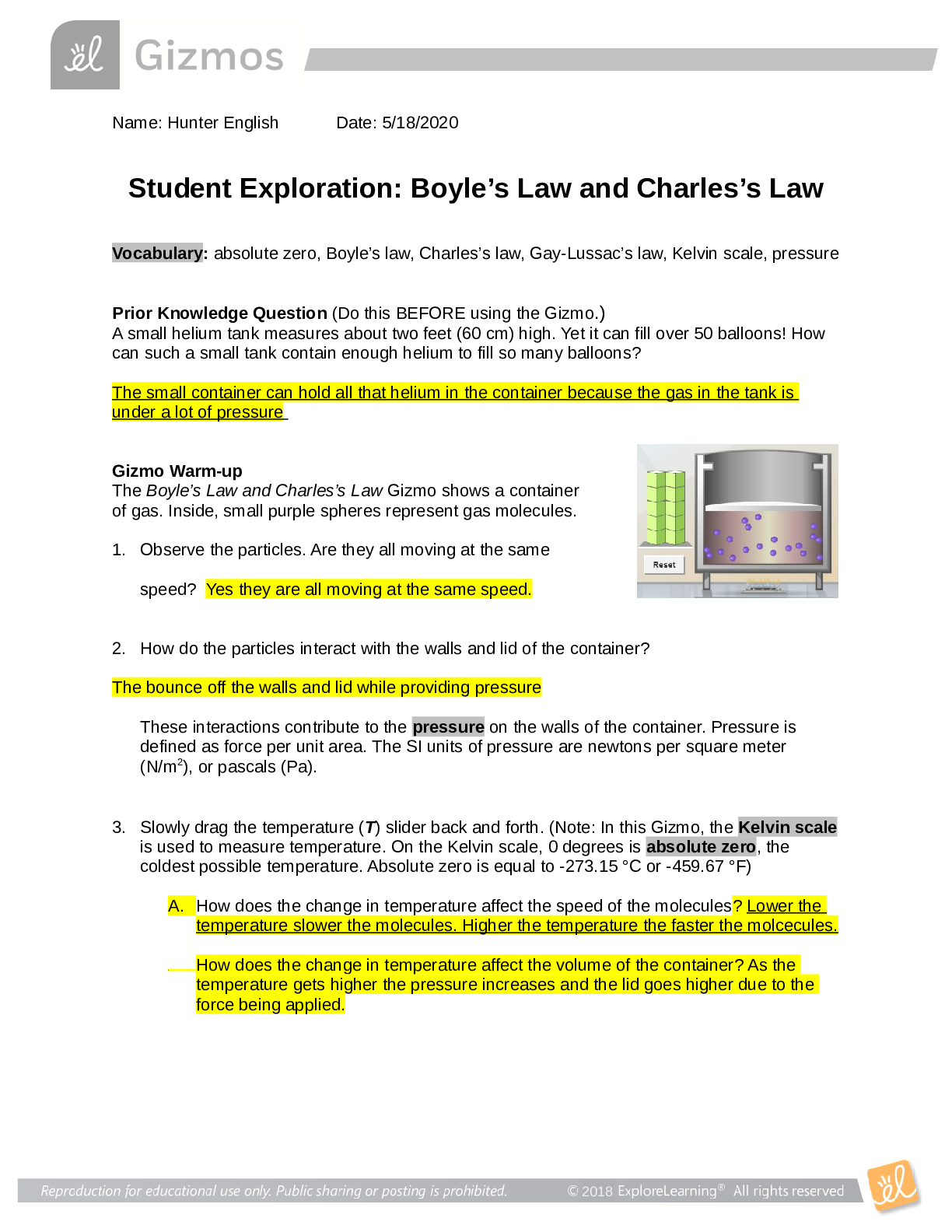
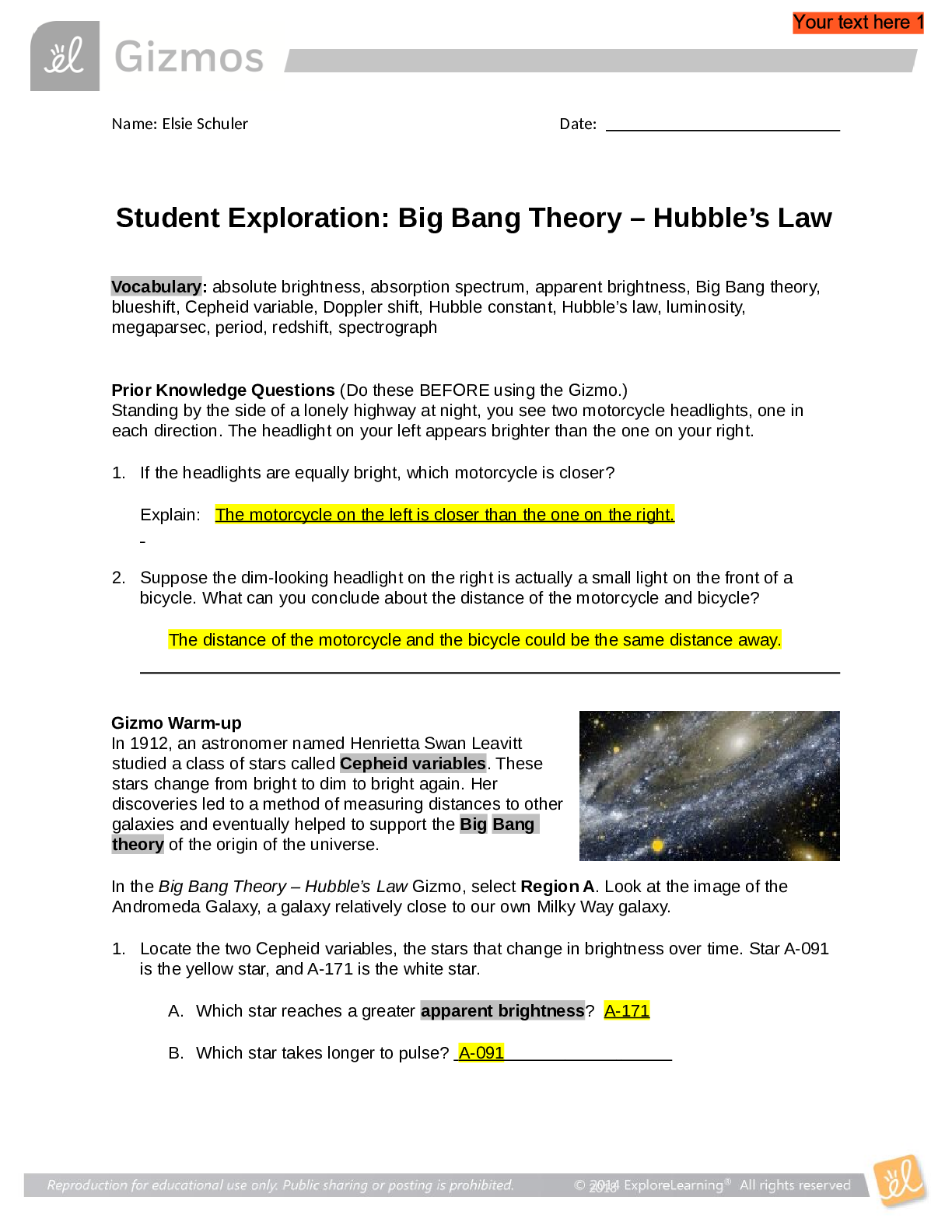


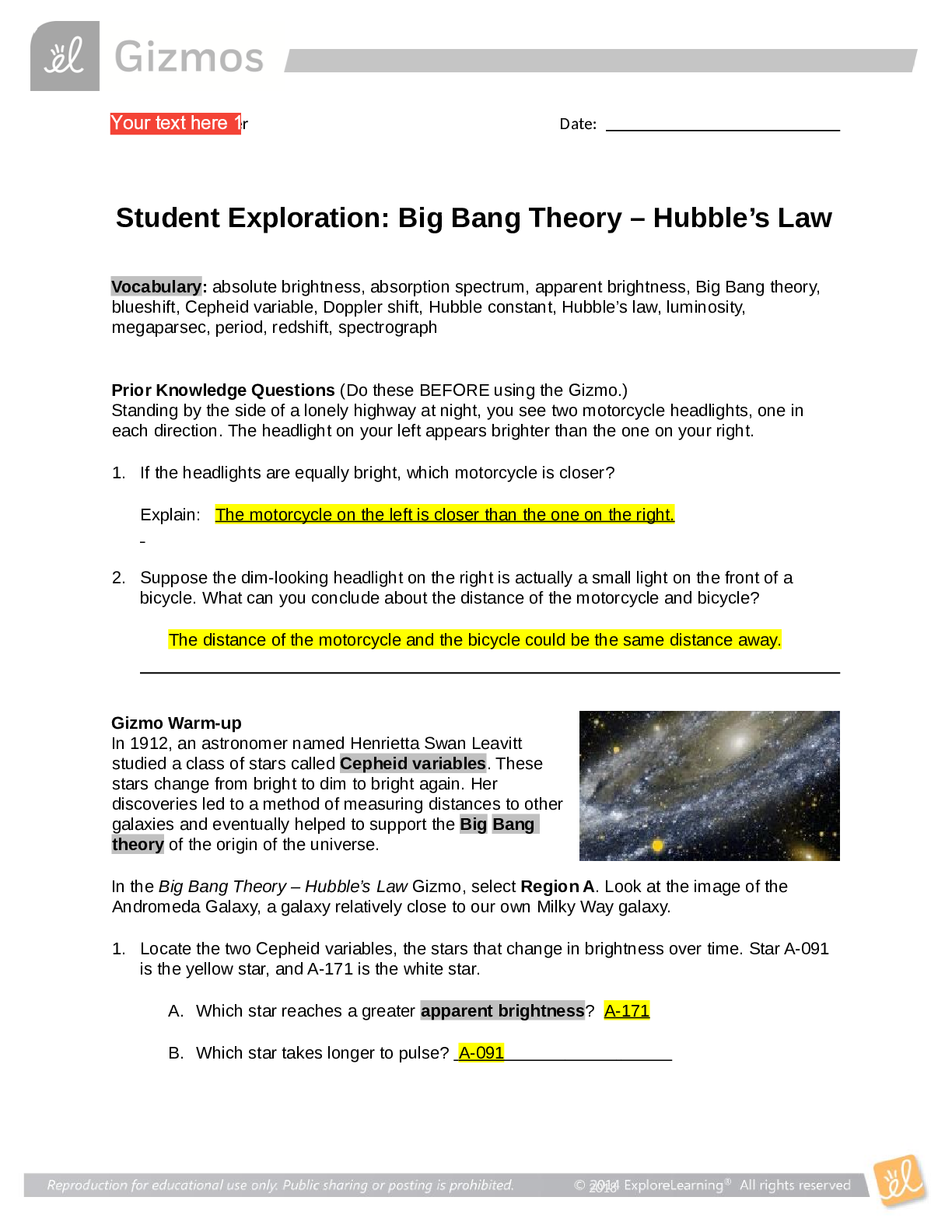
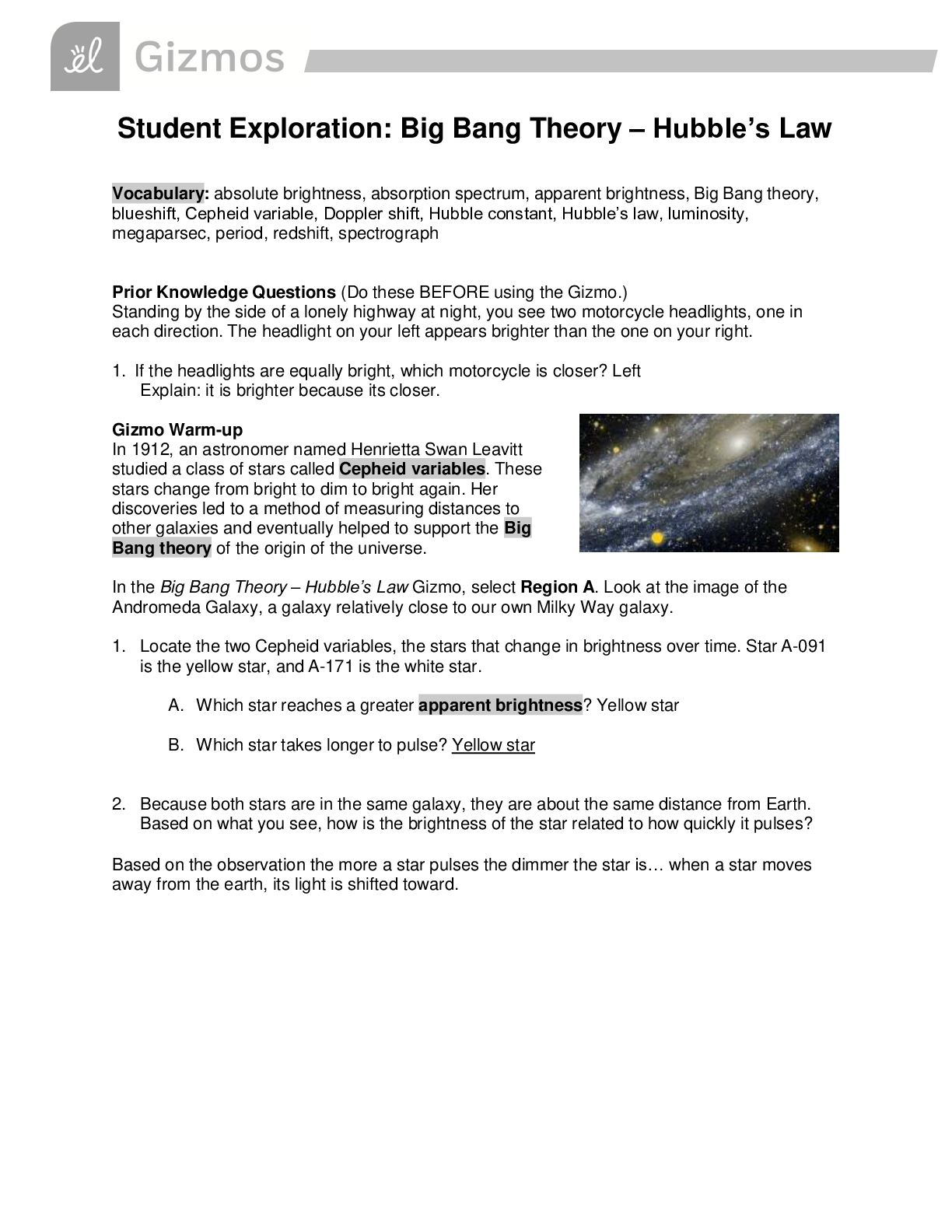

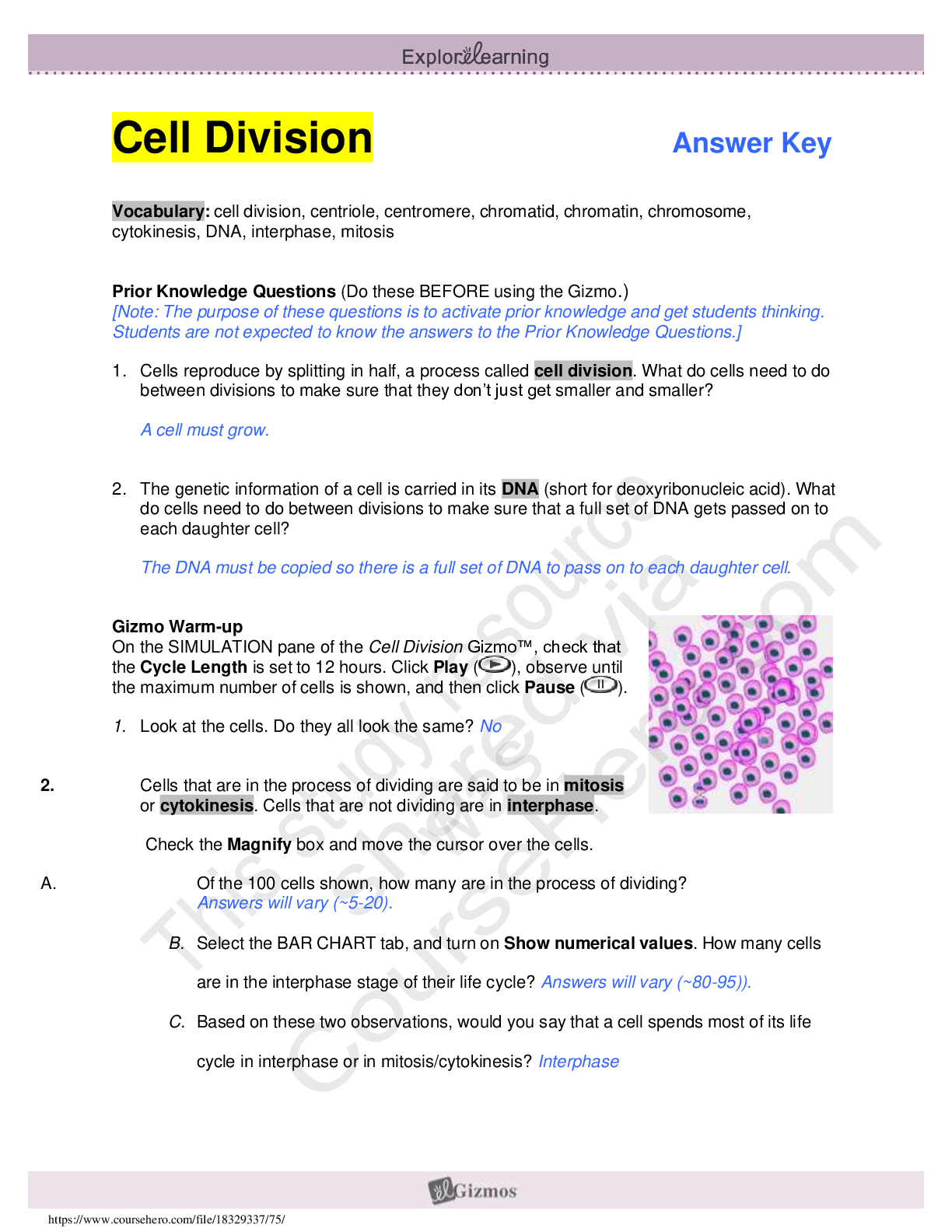
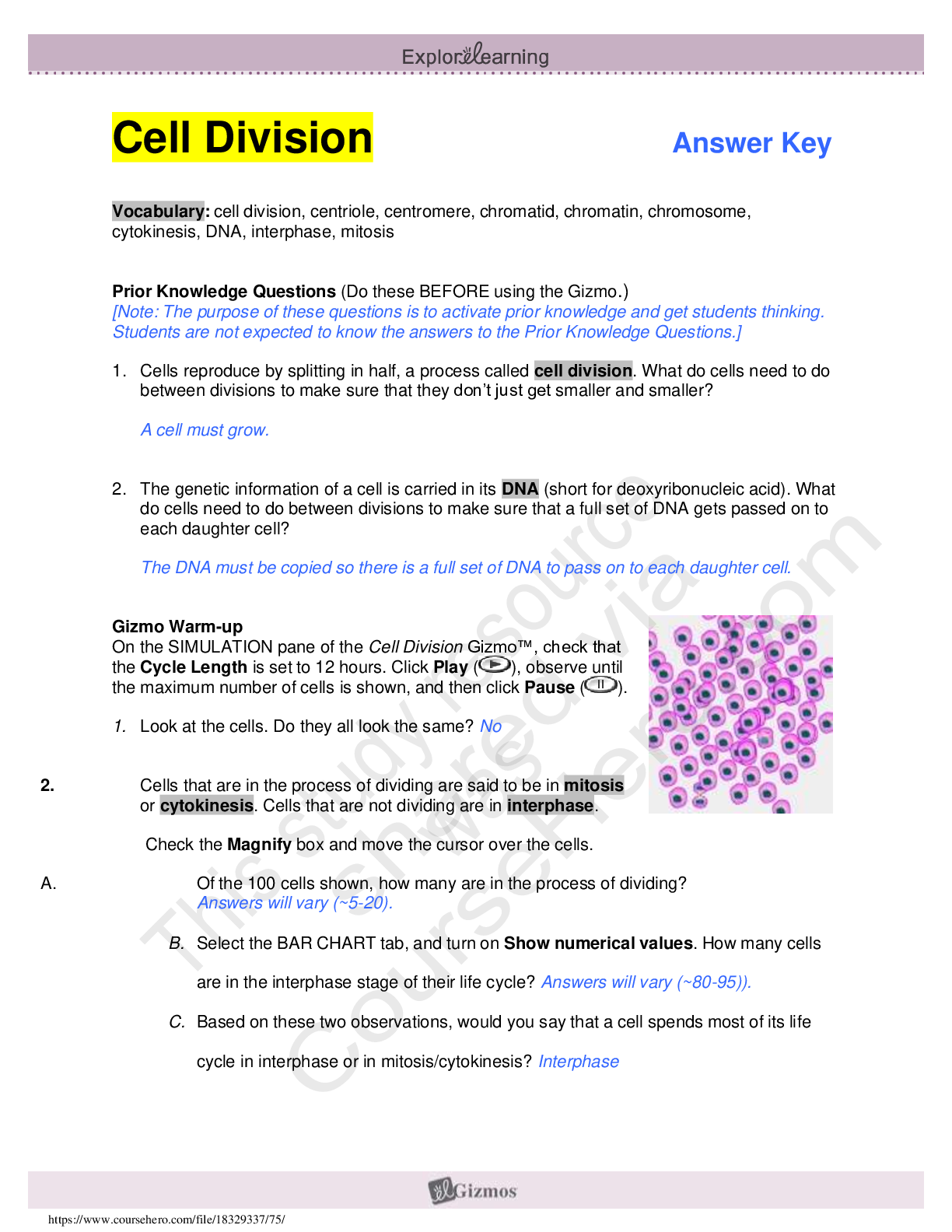
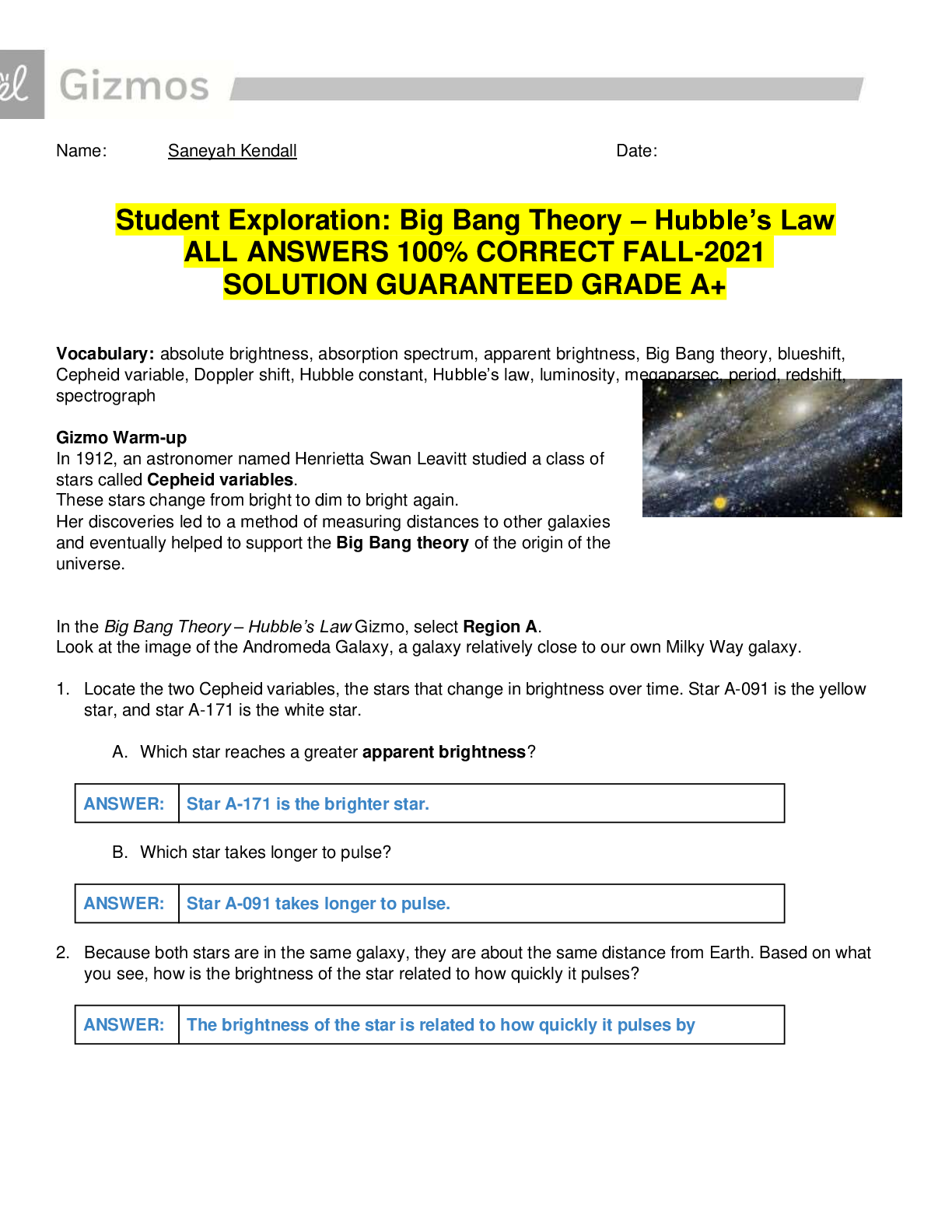

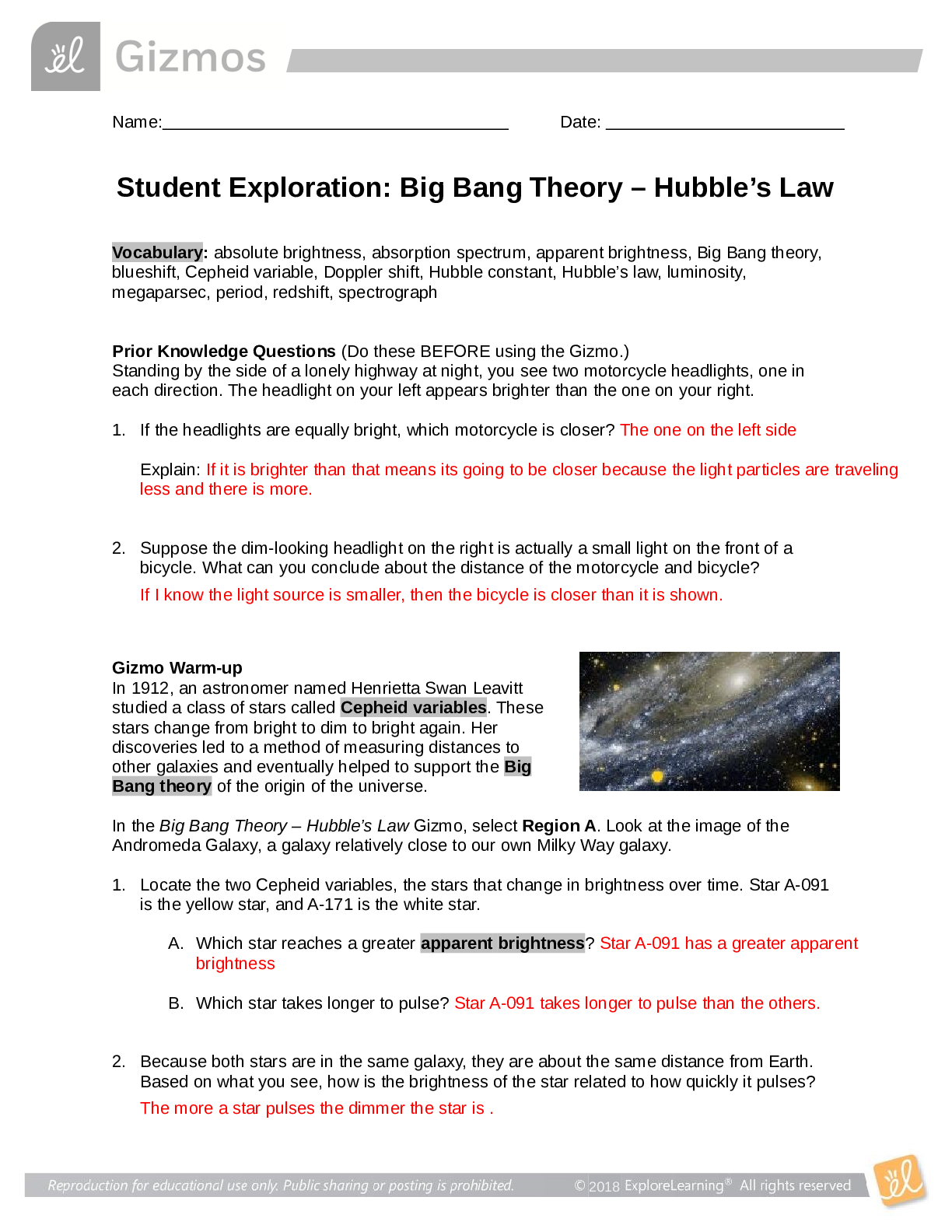
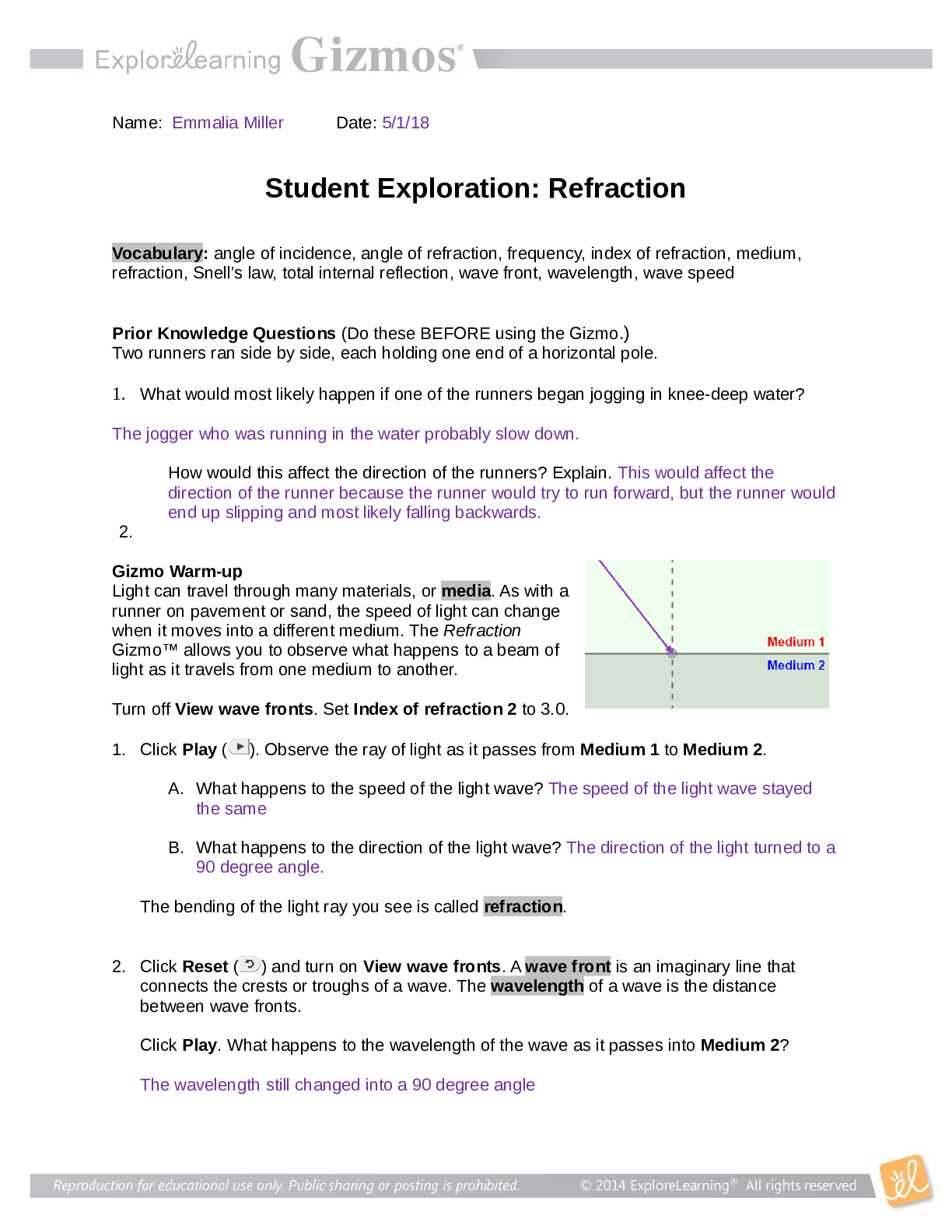

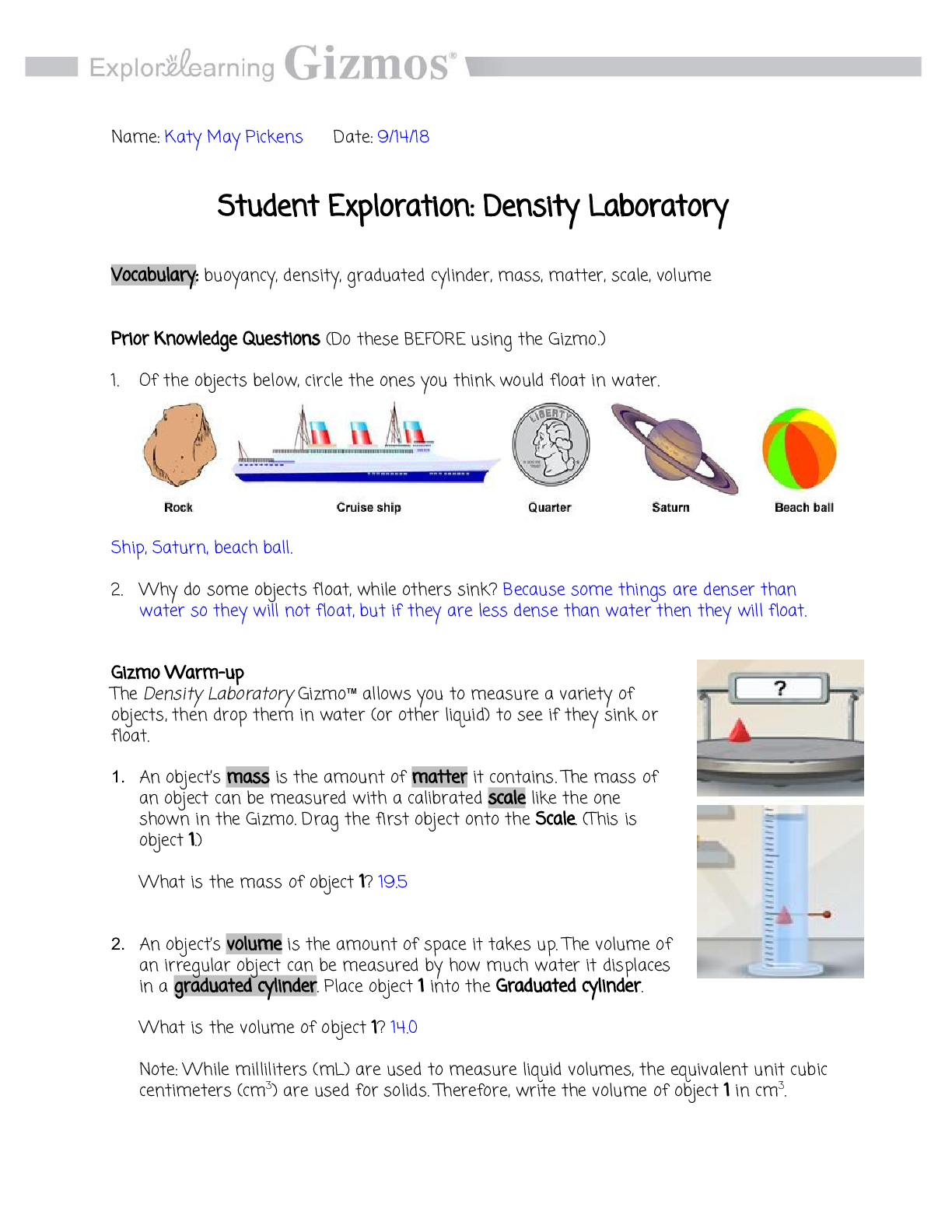
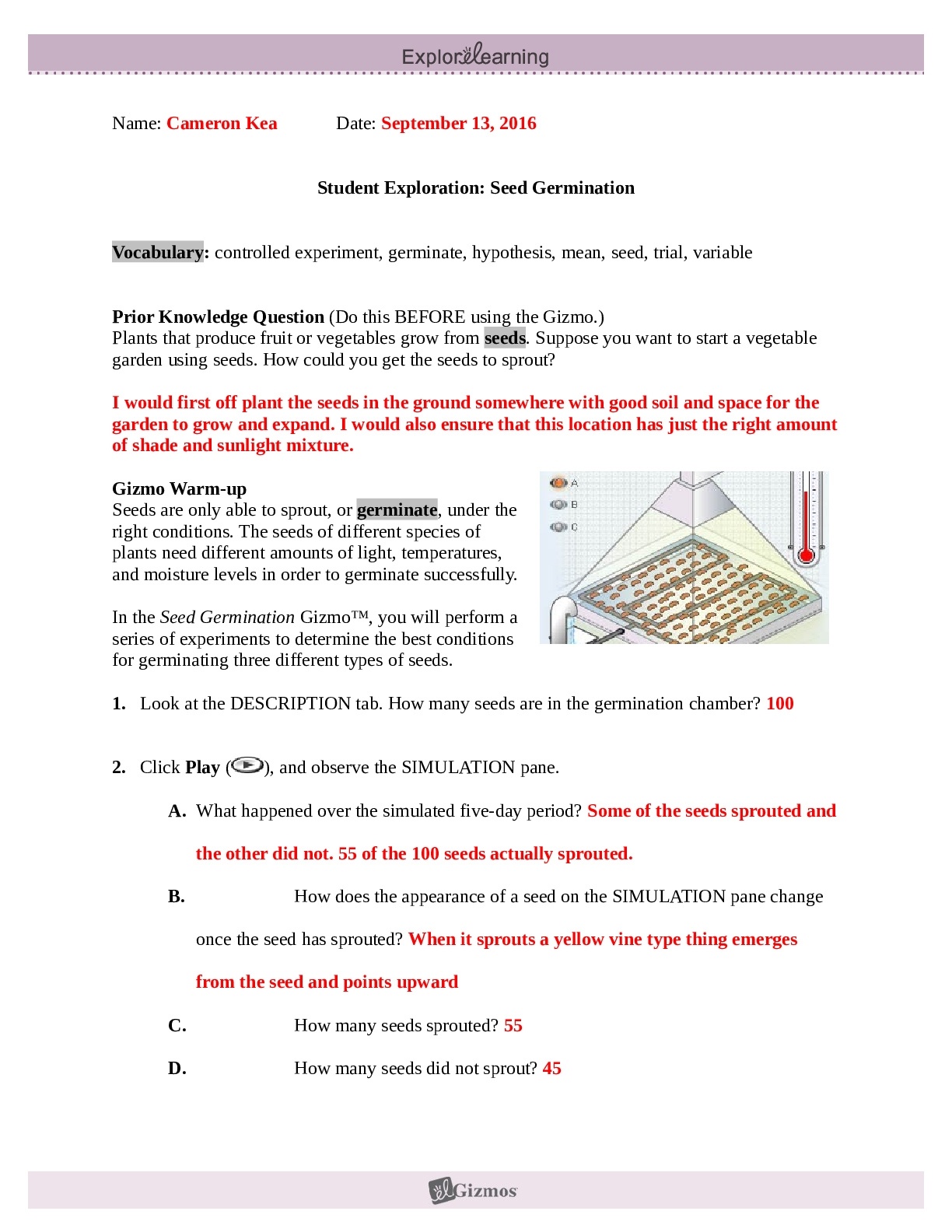

.png)

